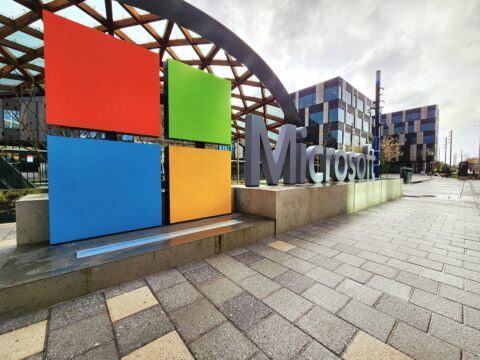Contents
In October, Australian retail sales contracted unexpectedly, influenced by lingering inflationary pressures and the impact of elevated interest rates. Concurrently, consumers deferred substantial purchases in anticipation of the imminent Black Friday shopping event in November.
Highlights:
- October Retail Contraction: Sales unexpectedly dropped 0.2%, reversing September’s 0.9% surge.
- Sector Challenges: Turnover fell across all sectors, with food industry growth slowing due to heightened inflation.
- Black Friday Impact: Despite the dip, overall retail spending neared historic highs at A$35.76 billion, influenced by consumer anticipation for Black Friday in November.
- Resilient Retail and Inflation: Throughout the year, retail resilience contributed to inflation. October’s data signals persistent inflation, prompting expectations of further interest rate hikes by the Reserve Bank of Australia.
Australian Retail Sales: Unexpected Decline and Sector-Specific Challenges
As per data unveiled on Tuesday by the Australian Bureau of Statistics (ABS), retail sales experienced a 0.2% decline compared to the preceding month. This outcome deviated from the anticipated 0.2% growth and represented a reversal from the 0.9% surge recorded in September.
The reduction in retail turnover was noticeable across all sectors, excluding the food industry. However, even within the food retailing sector, the pace of growth decelerated due to heightened inflation. Leading to diminished consumer spending on restaurants and cafes.
Resilience and Restraint: Australian Retail Trends Amidst Black Friday Anticipation
Despite the contraction, the overall retail spending figure remained in close proximity to historical highs at A$35.76 billion. In November 2022, Australian retail sales reached a pinnacle of A$35.89 billion, primarily driven by the popularity of the Black Friday event, traditionally held on the first Friday following the U.S. Thanksgiving holiday.
The ABS suggested that the anticipation of the November Black Friday event likely contributed to the restraint observed in consumer spending during October. Ben Dorber, Head of Retail Statistics at the ABS, acknowledged this trend in a statement, indicating that consumers seemed to have paused discretionary spending, expecting discounts during the Black Friday sales events.
Also Read: DAX declined: Focus on German and US Consumer Confidence
Australian Retail Sales: A Catalyst for Inflation and the Impending Interest Rate Decision
Throughout the year, Australian retail spending has demonstrated resilience, partly attributable to a robust labor market. This resilience has, in turn, played a pivotal role in propelling inflation, as evidenced by October’s data, which suggests that inflation may persist at elevated levels in the coming months. A monthly report on Australian consumer inflation is scheduled for release on Wednesday.
Given the persistence of sticky inflation, the Reserve Bank of Australia is expected to contemplate further interest rate hikes. Governor Michele Bullock recently cautioned about this possibility, following a 25 basis points rate increase to 4.35% earlier this month.








